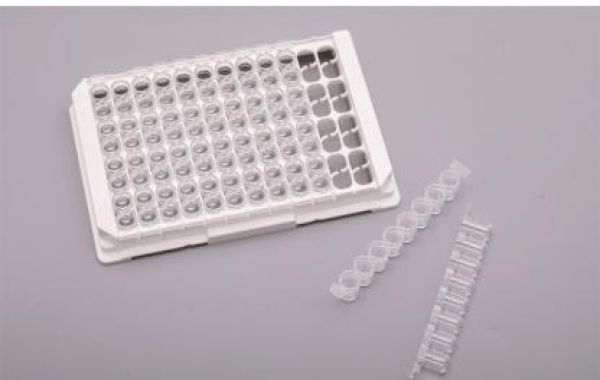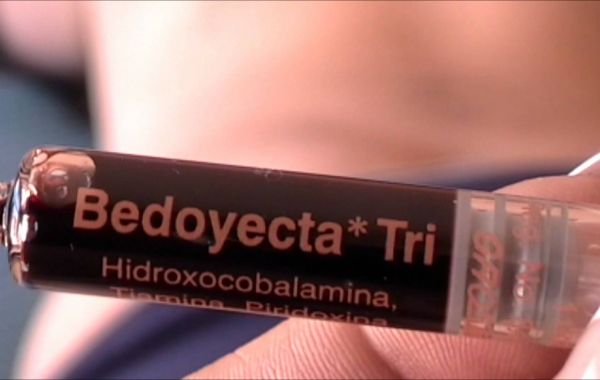Choosing the right ELISA microplate is crucial for achieving accurate and reliable results in your experiment. Here are the key features to consider when making your selection:
Well Sorption Properties
- This refers to the ability of the plate's wells to bind biomolecules effectively. Good well binding ensures that your capture antibodies and target molecules adhere efficiently to the well surface for optimal assay performance.
- Different plate materials offer varying binding properties. Polystyrene is a common choice, but some assays might benefit from specialized surfaces like high-binding or protein A/G binding plates for enhanced capture efficiency.
Well Volume
- The volume of liquid each well can hold is another critical factor. Consider the volume of your samples, reagents, and washing steps.
- Standard ELISA microplates typically have a well volume of 350 microliters (µL). However, plates with lower (150 µL) or higher (400 µL) volumes are available depending on your assay requirements.
- If you have limited sample volumes or want to conserve reagents, consider half-well plates where only half the plate is used.
Plate Clarity
- For colorimetric ELISA assays, where the signal is measured by color change, a clear and transparent bottom is essential. This allows for even light transmission through all the wells for accurate signal measurement by a microplate reader.
- Black microplates are sometimes used for luminescent or fluorescent assays to minimize well-to-well variability and background noise.
Sterility
- Sterile plates are required for most ELISA applications to prevent contamination from microorganisms that could interfere with the assay and compromise results. Pre-sterilized plates are readily available and recommended for most research settings.
Compatibility
- Ensure the material and format of the plate you choose are compatible with your automated plate washers and readers. Some washers and readers may have specific requirements regarding plate dimensions, well shape, or stacking height. Check the compatibility information from the plate manufacturer or your instrument's manual.
Additional Considerations
- Stripable Plates: These plates allow individual rows to be removed for separate testing, reducing reagent waste if you're only running a partial plate or need to repeat specific wells.
- Surface Treatment: Some plates come with special surface treatments to enhance specific binding properties, like increased hydrophilicity for better sample wetting or reduced non-specific binding.
- Cost:ELISA microplates come in a range of prices depending on the material, features, and brand. Consider the balance between cost and the specific needs of your assay.
By carefully evaluating these key features and your specific experimental needs, you can select the most suitable ELISA microplate for reliable and consistent results in your research endeavors. After you get what are the key features to consider when choosing an ELISA Microplate, you also need to know how to wash ELISA microplates effectively.







